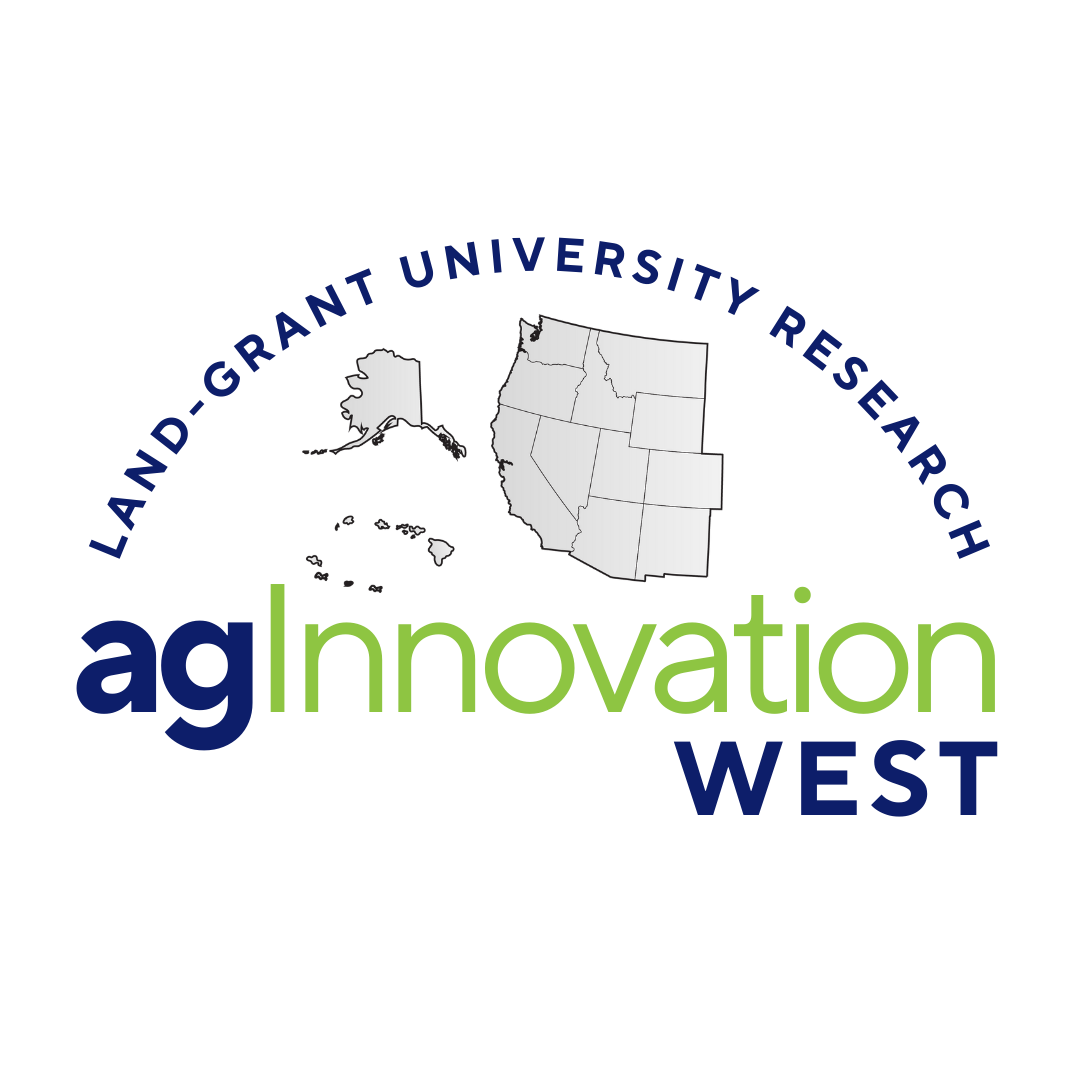
WCC109: Seafood Marketing and the Management of Marine and Aquacultural Resources
(Multistate Research Coordinating Committee and Information Exchange Group)
Status: Inactive/Terminating
WCC109: Seafood Marketing and the Management of Marine and Aquacultural Resources
Duration: 10/01/1998 to 09/30/2003
Administrative Advisor(s):
NIFA Reps:
Non-Technical Summary
Statement of Issues and Justification
Several of the world's fisheries have recently experienced significant reductions in stock sizes and associated harvest levels. No single factor lies behind this, with explanations ranging from naturally occurring events (e.g., El Nino) to habitat degradation (e.g., pollution of rivers and estuaries). "Overfishing" is often cited as a significant contributor, although there is disagreement on both the role of this factor and its definition. Nonetheless, it is clear that human decision?making must accept some; responsibility for this state of affairs in our marine fisheries. Indeed, mankind is a major predator of many fish stocks. This suggests that policies designed to redirect decision?making may address the problem. In fact, since the implementation of the Magnuson Fisheries Conservation and Management Act in 1977, considerable attention has been directed to the development of policies that will increase the benefits of U.S. fisheries on a long?term basis. Such benefits have an economic component, a fact that is becoming increasingly realized. For example, increases in prices can encourage harvesting effort on a stock of fish or shellfish where restrictions on such effort do not exist. A common response by management authorities is imposition of harvest restrictions. What is sometimes not appreciated, however, is that increased prices may provide social justification for some increases in harvest, even at the expense of future harvests. In addition, little information exists on what generates prices increases (or decreases) in the first place. What are the consequences, for example, of efforts to develop new product forms in an attempt to "add value" beyond that provided by current product forms? Information on the nature of markets for various seafood products could be used productively in the design of fishery policies. More...�
Objectives
-
To identify significant economic interdependencies among markets, management and aquaculture, both public and private, for species of particular interest to the western states.
-
To develop and test hypotheses about the relevant economic relationships, with particular reference to the linkages between fishing regulations and market results.
-
To collaborate in organizing and conducting workshops, meetings and conferences to identify policy issues, to consider alternative research methods and data needs, and to review approaches taken in other parts of the U.S., other countries, and with other resources.
-
�
Procedures and Activities
Expected Outcomes and Impacts
- The overall outcome of this activity will be a focused approach to study resource management, with particular reference to the role of seafood markets. Ultimately this approach should provide information that will help facilitate the improved management of fisheries and aquacultural resources, including the activities of both the public and private sectors.
- Insights that result from the collaborative activity will be shared via academic and industryoriented publications, committee reports, and presentations at professional and trade meetings.
- It is expected that individuals not on the committee, but whose interests complement those of committee members, will seek membership. Such individuals may come from other parts of the country and will likely represent both the public and private sectors.
- The proposed committee will, throughout its life, bring together a broad cross?section of interested scientists inside and outside of the Land Grant ? Sea Grant system to work on a major program involving a key food source. The arrangement will offer the opportunity to exchange ideas about research needs and methods and to develop approaches for collaborative work.
- �
Projected Participation
View Appendix E: ParticipationEducational Plan
Initial activities of the committee will focus on identifying common views and objectives. However, explicit efforts will also be made to acquaint other potential participants with the committee's interests and activities and to solicit their involvement. This includes other university researchers as well as individuals from the private and public sectors. Through this interaction and the collective identification of the relevant policy (e.g., product development, fishery management, trade regulations) and, thus, research issues, we expect to produce materials that are topical, relevant and carefully developed. The result, will be the flow of ideas, information and perspectives on the key relationships between fishery management and seafood markets. As indicated earlier, reports on the committee's activities will be distributed via various trade and academic reports and through presentations at professional and industry?oriented meetings. These reports should be particularly valuable to extension personnel whose clients include members of the coastal, aquacultural, fishing, processing, and marketing communities. By sharing the committee's perspectives on the links between the harvest activity (fishing and aquaculture) and the market, extension programs can be enriched and, perhaps as important, the unintended and unwanted consequences of failing to look at the broad picture can be minimized.
Organization/Governance
Literature Cited
�